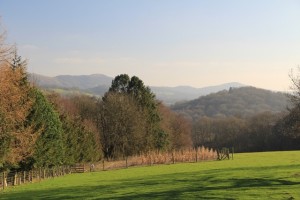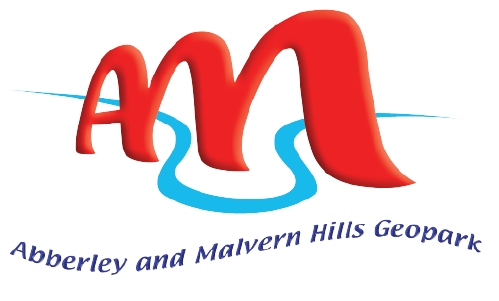
Mathon
Geological overview
A substantial river once flowed south on the western side of the Malvern Hills ridgeline. This river, the Mathon River, is long gone but the wide river valley that it created, The Colwall Valley, is a landscape feature of today. The sand and gravel deposited from the Mathon River together with younger river, lake and glacier deposits found in the area represent the fluctuations between glacial and interglacial conditions over the last 450,000 years.
The coarse and sandy gravels deposited from the Mathon River contain a high percentage of material from the local area: Silurian limestones and Malverns Complex rocks, together with clasts from further afield, including Bunter Pebbles, coal debris, Longmyndian volcaniclastic sandstones (from the church Stretton area) and Jurassic fossils.
It was around 450,000 years ago that the Anglian Ice sheet, advancing from Wales and terminating near the Malvern Hills, blocked the Mathon River and formed a glacial lake in the Colwall Valley. Deposits of clays and silts observed in Mathon record this event. When the ice finally melted, it left a changed river system. With the Mathon River no longer draining the area, the Cradley Brook developed flowing northwards towards the Leigh Brook, Alfrick, and onto join the River Teme.
Location
Mathon, Herefordshire; Grid Reference: SO 7405 4650 (view point)
Access
Open along public rights of way
Geological Age
Quaternary
Features
Quaternary landform
Geomorphology
Interpretation
Mathon and the Malvern Hills geology and landscape trail



